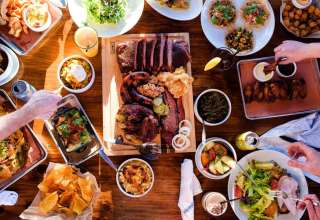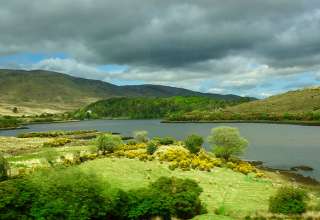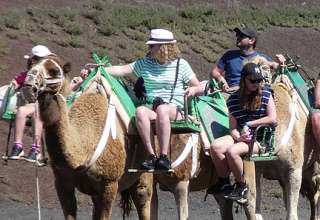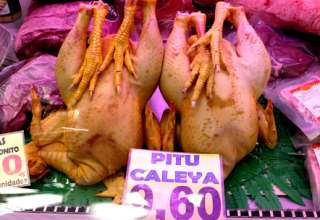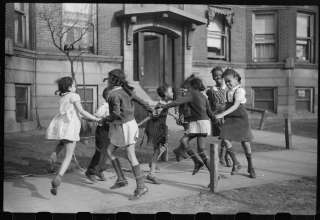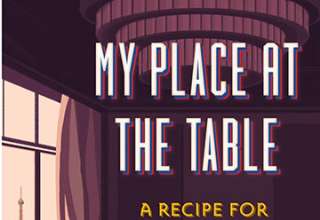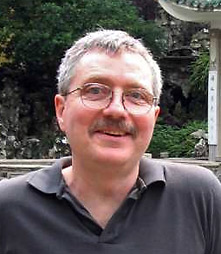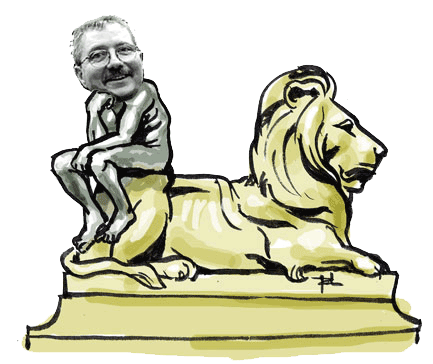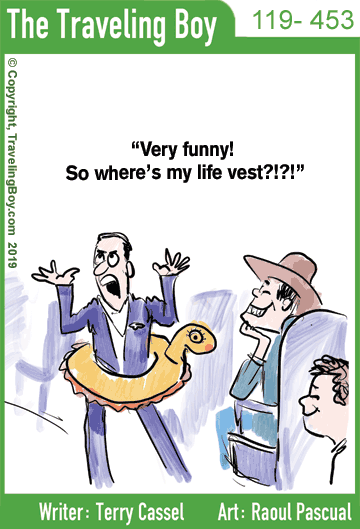
“Savoring the Camino de Santiago: It’s the Pilgrimage, Not the Hike” by Julie Gianelloni Connor, is the latest of the many books about the Spanish pilgrimage popularized for the American audience by the Martin Sheen movie “The Way.” With a history of 12 centuries of pilgrims making the arduous trek from all over the world to the Spanish city of Santiago de Compostella to see the tomb of St. James, the author learned that there is still plenty of history and tradition left to discover.
After retirement and other life changes created a now-or-never window of opportunity, this book is the culmination of the author’s 40 year desire to walk the Camino de Santiago finally realized. Years of planning, last minute cancellations, and a major change of plans later, she plants her feet on the Way, grabs her day pack and maps, and, with her son in tow, takes the reader on the journey of a lifetime.
There are many routes to Santiago de Compostella. From the north, coming in from all over Europe, the routes converge on the tiny village of Saint-Jean-Pied-de-Port, on the French side of the Pyrenees. This is known as the French Route, and is the one the author writes about. It crosses the Pyrenees to Roncesvalles, famous for “The Song of Roland,” then comes down through the Basque region to Hemingway’s Pamplona, across the culinary Mecca of Castilla y Leon, and finally into Galicia, known as Green Spain, with its capital Santiago de Compostella.
Writings about the Camino are legion. In this iteration, the author makes the point that it is a journey, not a hike. Originally pilgrims went by foot, taking six months and more to complete the Way in order to receive indulgences from the Catholic Church and be assured entry into heaven. Modern purists still insist upon walking the entire route, but today there are all manner of transportation choices to complete the trip in a matter of weeks, not months. The author used local buses and taxis to supplement the extensive walking she did, with a luggage service to move heavier bags ahead to each evening’s accommodations. In my own Camino experiences, I walked only a few miles of it, bicycled more, and took a 10 day bus tour the entire length.
While walking (or driving) a marathon is not the same as running it, I have still done the Camino from start to finish, and seen more churches along the way than most people have. The author rightly complained that due to budget constraints, too many of the smaller rural churches were closed when she was there. For my tour, arrangements were made in advance for all the churches to be open when we got there. I endorse her recommendation to visit as many as you find open, and join her in encouraging the others to open more frequently. The artwork, architecture and history of each are well worth the time spent.
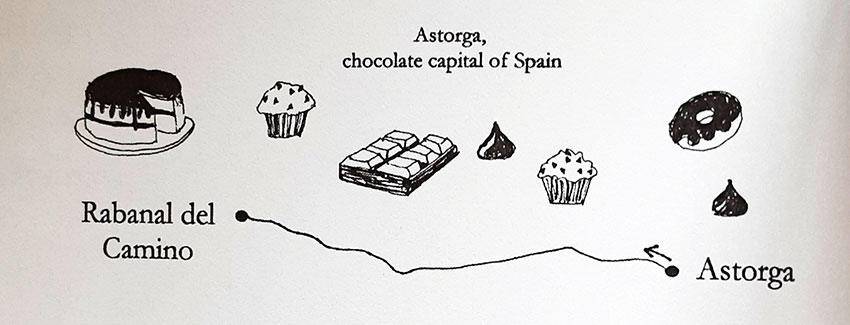
The first part of the book is a collection of occasional blog posts about the journey the author made along the way, combined with others she wrote after her return. The second part is her day-to-day journal entries with photos and charming little drawings. Then there is the resource guide and an index. The author has an engaging writing style, and – to her credit – I found not one typo in its 265+ pages. However, an editor’s job is more than just catching typos. I found this one too indulgent of the repetitive nature of many of the blog posts. Perhaps that would not have been so annoyingly apparent if I read them the way they were written instead of all in one sitting. But, don’t let it bother you too much. Some of the information bears repeating.
Furthermore, as an informed reader, it was so nice reliving my memories of the route as she carefully described it. Place names, historical tidbits, and apocryphal tales I’d nearly forgotten came alive again. And because the author was much more involved in the day-to-day hike, she was able to share experiences I never had, such as interactions with interesting people like the Almond Man, who handed out almonds and treats to the pilgrims, and the hospitable locals she met who offered food and drink and company.
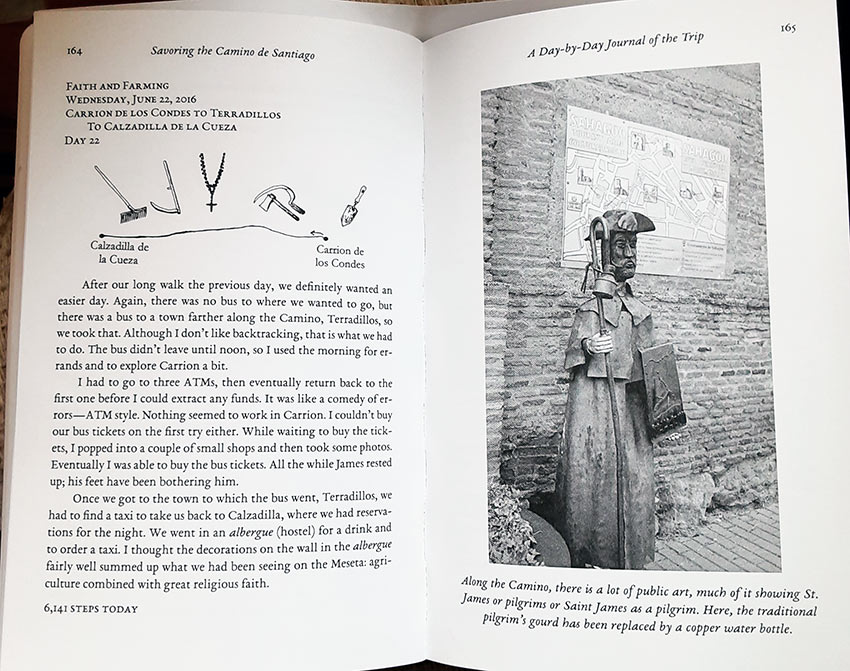
You don’t have to be a Camino veteran to enjoy this book as much as I did. In fact, it has many useful bits of knowledge that would help the neophyte. The author lists guide books, histories, and personal recollections to read as you prepare for your Camino. To them I would only add my favorite, Andrew McCarthy’s award-winning travel book: “The Longest Way Home.”
The author, Julie Gianelloni Connor, often refers to American Pilgrims on the Camino, an organization that offers advice and guidance to all would-be pilgrims. She recommends finding a local chapter to join. Then there are practical tips about technology, hygiene, and first-aid that she had to learn the hard way. You can learn them simply by buying and reading the book.
In an age when we can only travel vicariously, “Savoring the Camino de Santiago: It’s the Pilgrimage, Not the Hike” by Julie Gianelloni Connor, is a comfy armchair of a journey. So leave behind the blisters, injuries, aches & pains, and inclement weather, to revel in the author’s descriptions of the people and the places she encounters, and the comfort she finds along the Way. Buen Camino!
Savoring the Camino de Santiago: It’s the Pilgrimage, Not the Hike
Bayou City Press ISBN 978-1-951331-01-6 Paperback 276 pages $17.99
So, now you’ve read the book and want to trek the Camino. Next year, 2021, is Xacobeo, a rare Holy Year when the Feast of St James, July 25th, falls on a Sunday. During Holy Year the east door of the Cathedral of St James is open and a record number of pilgrims are expected to travel the Camino and pass through it. Which means that now is a good time plan to be a part of history and a possible spiritual awakening. If nothing else, you’ll enjoy the beautiful Spanish countryside, meet warm and friendly people, and discover the culinary excellence of Spanish cuisine.
Get some general travel information about Spain

